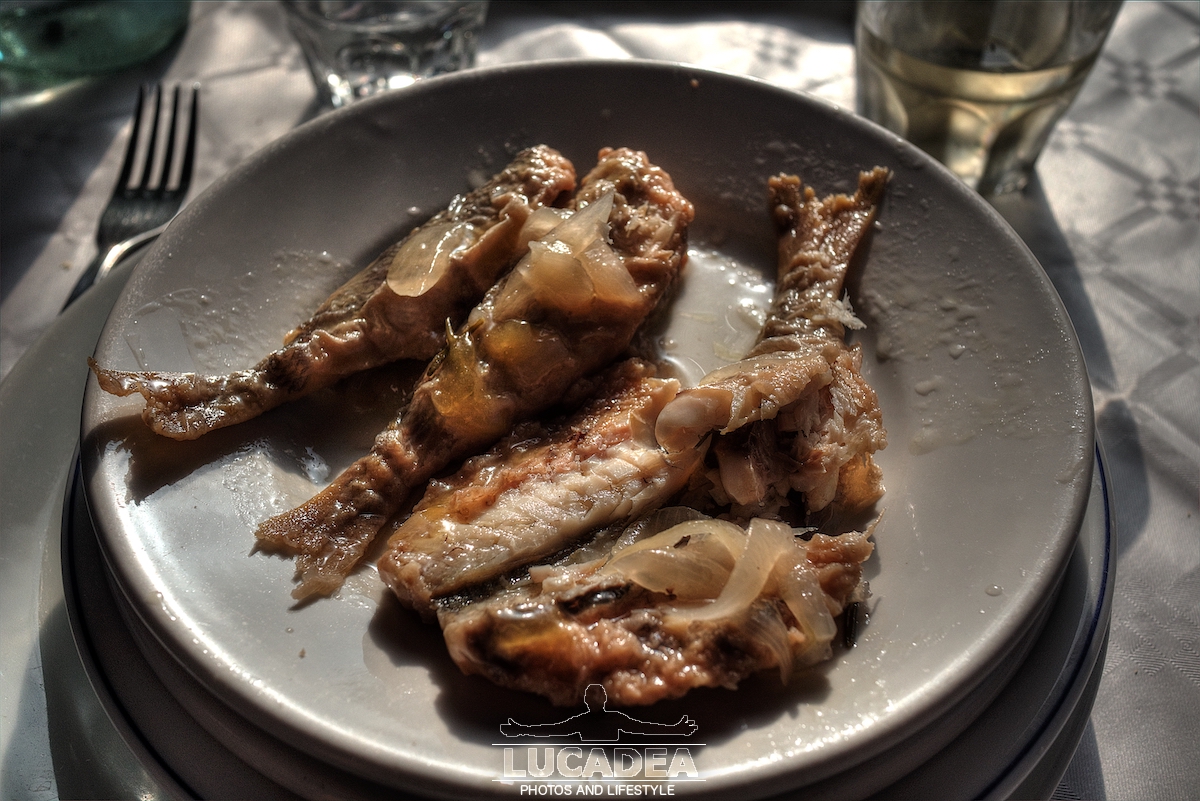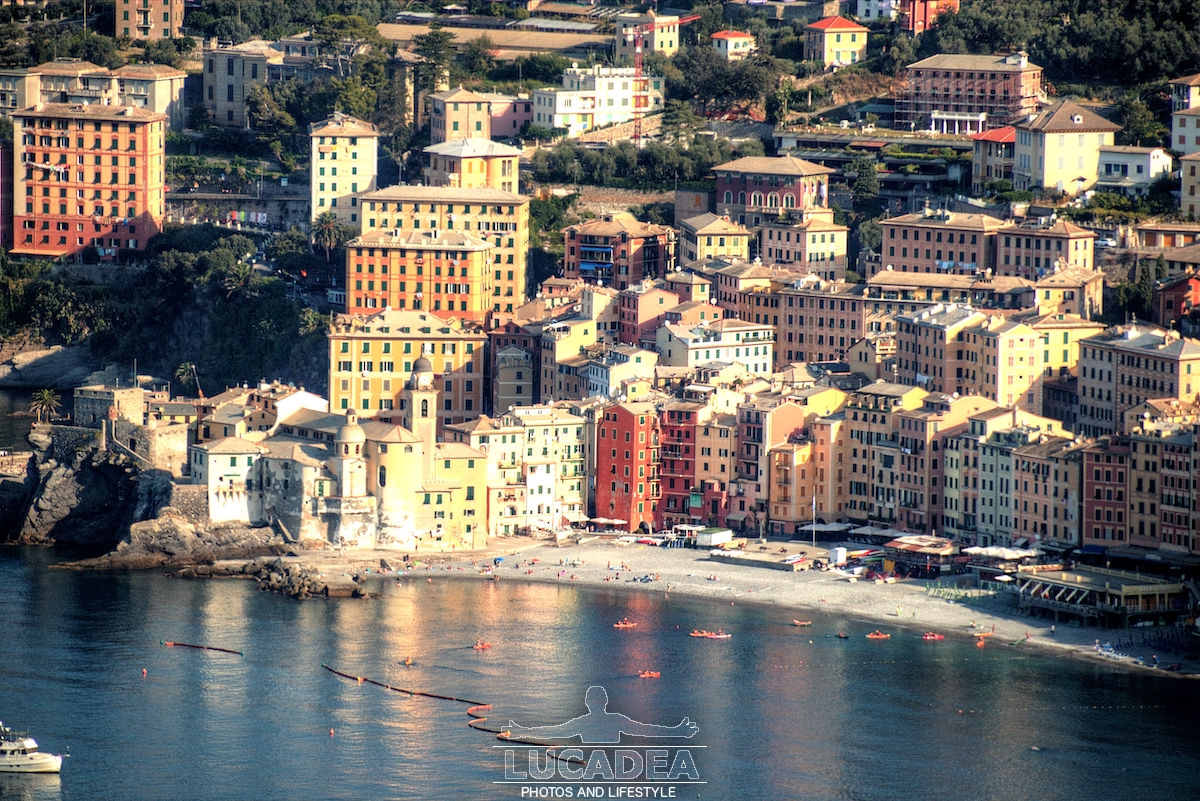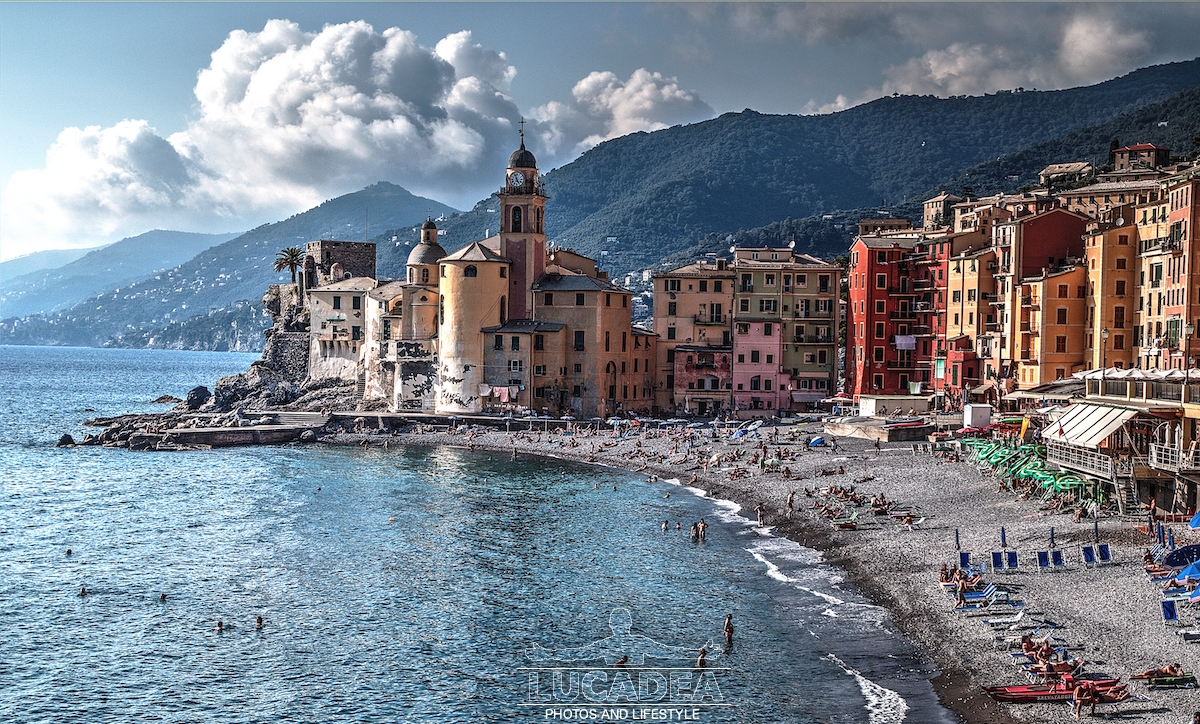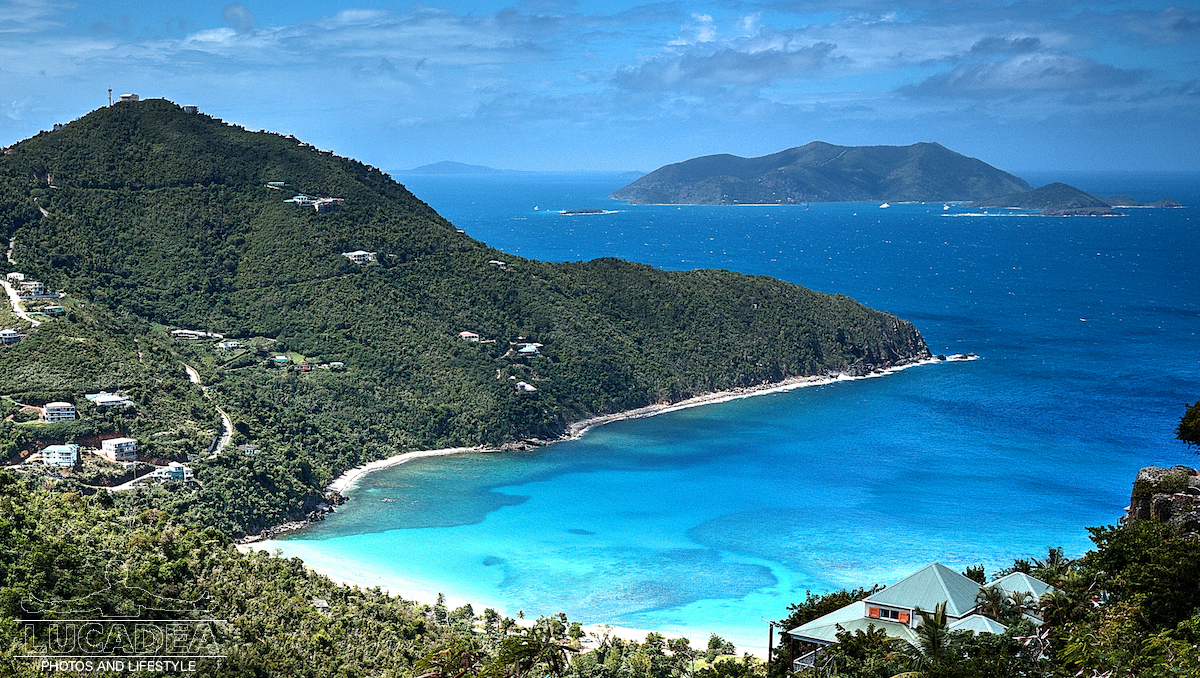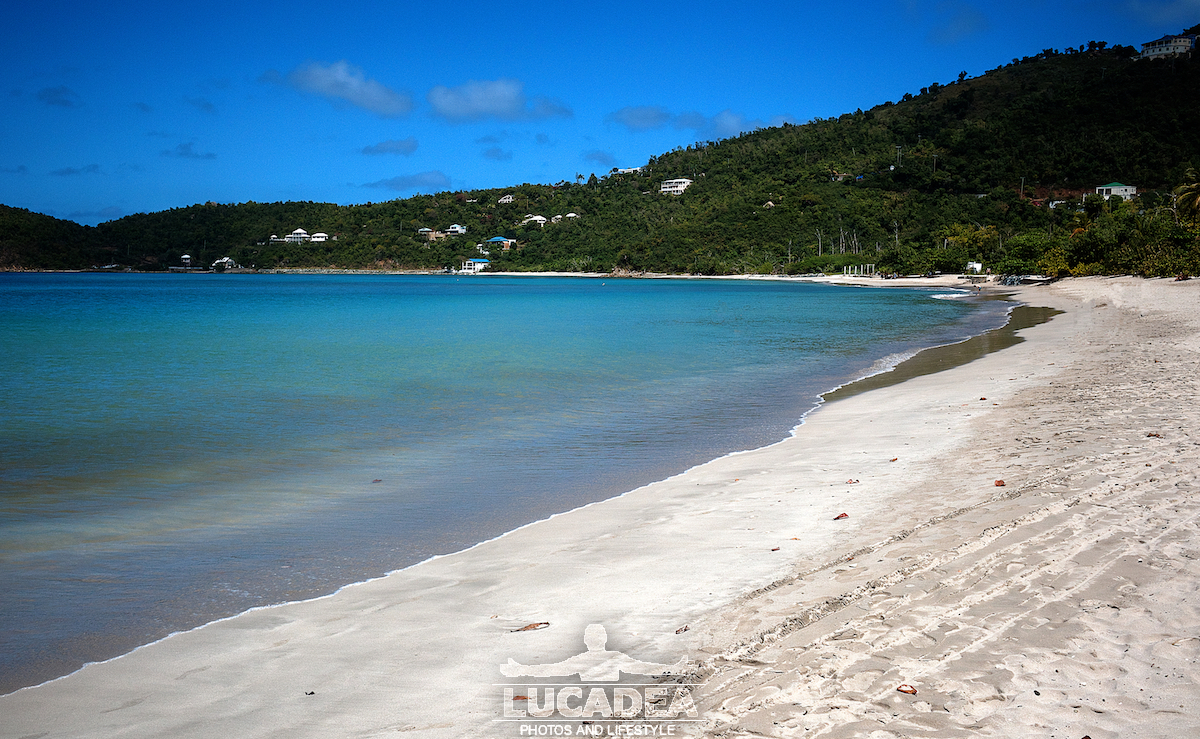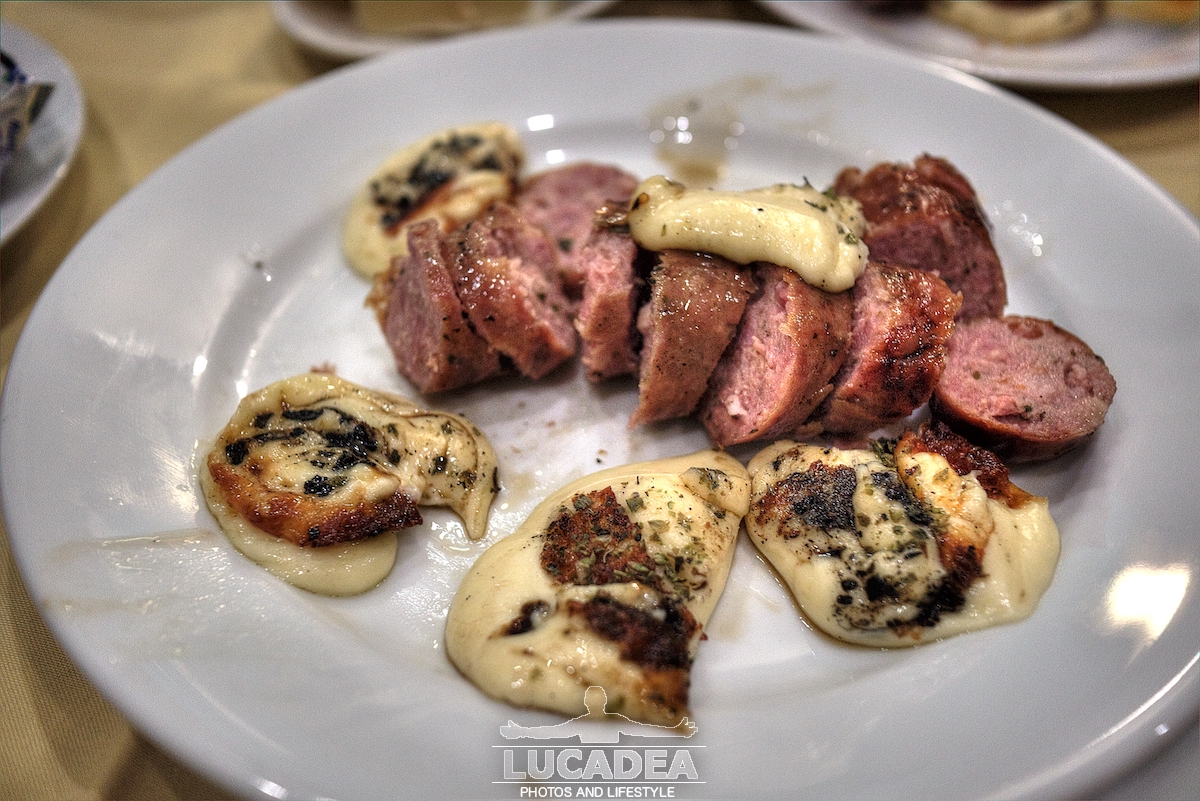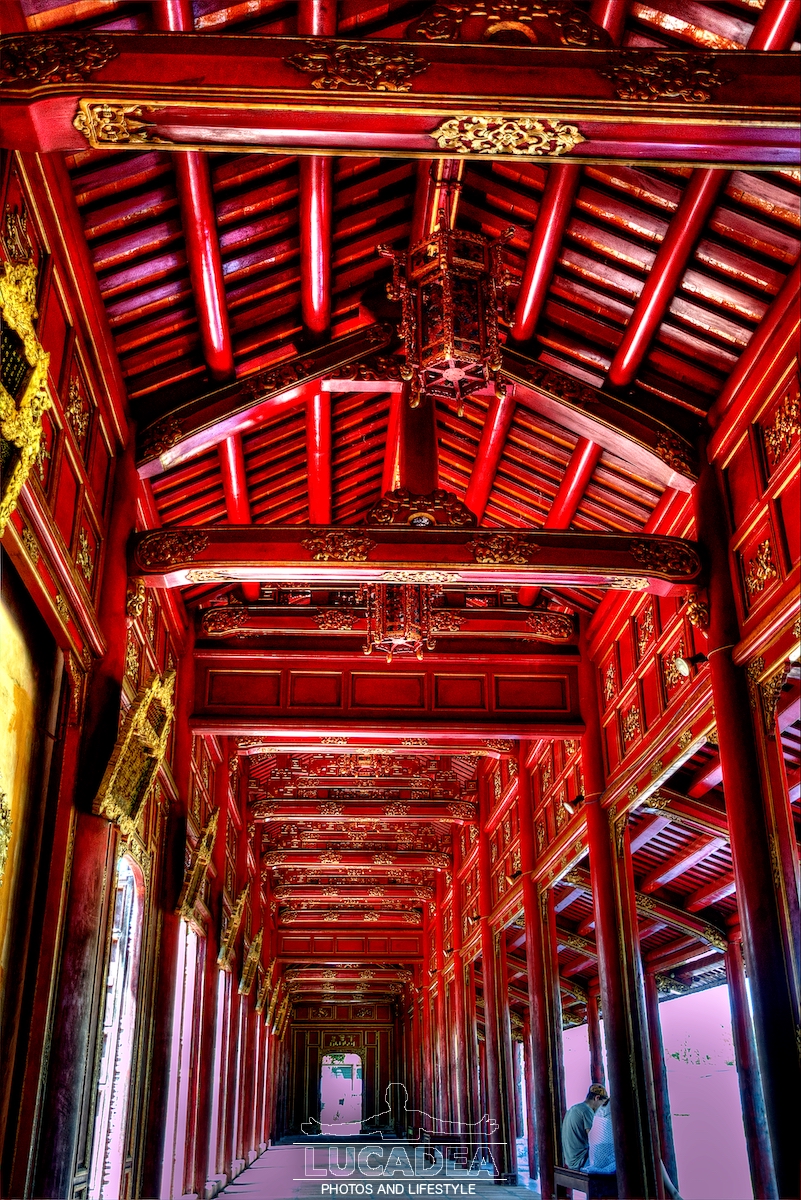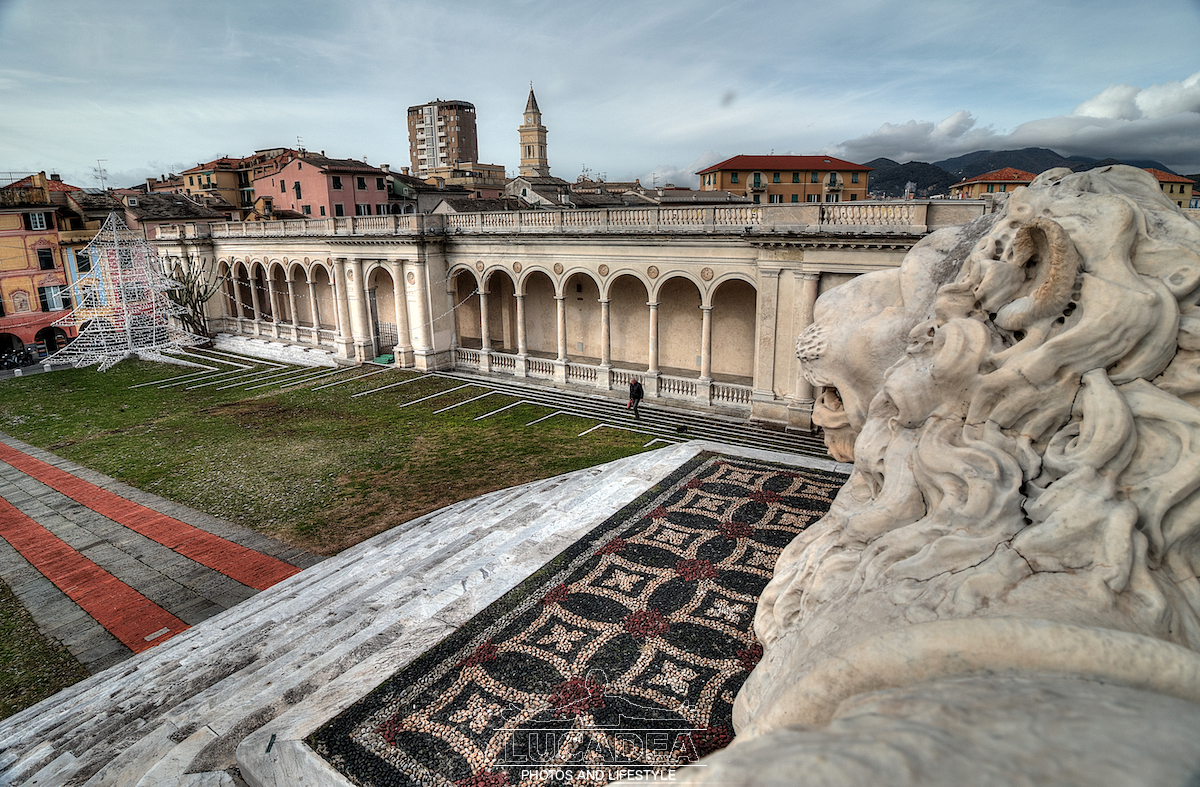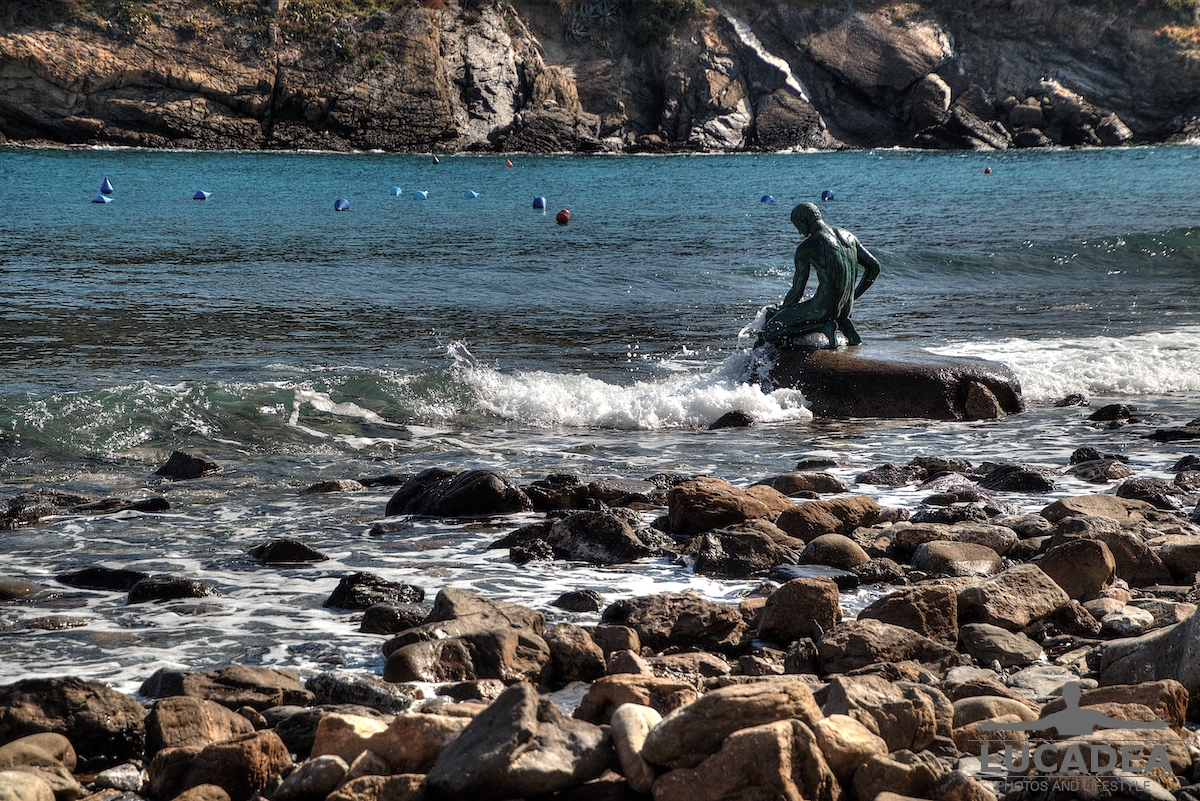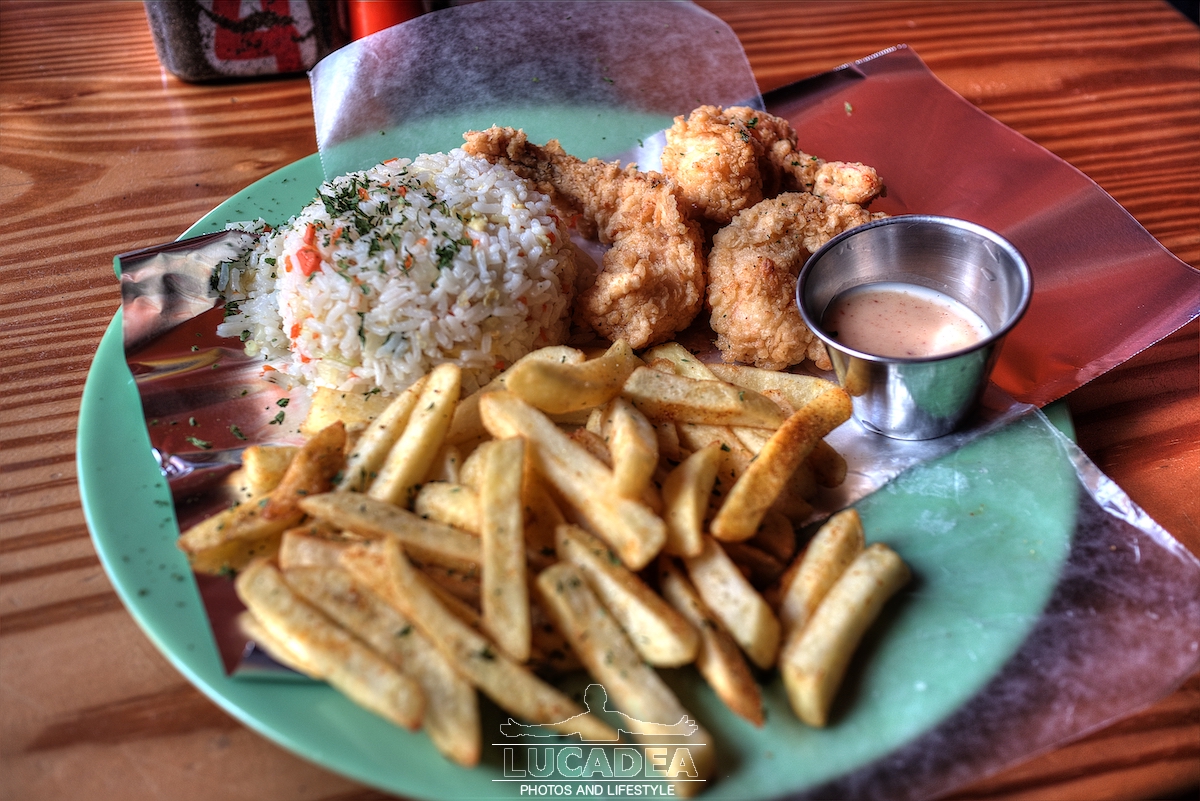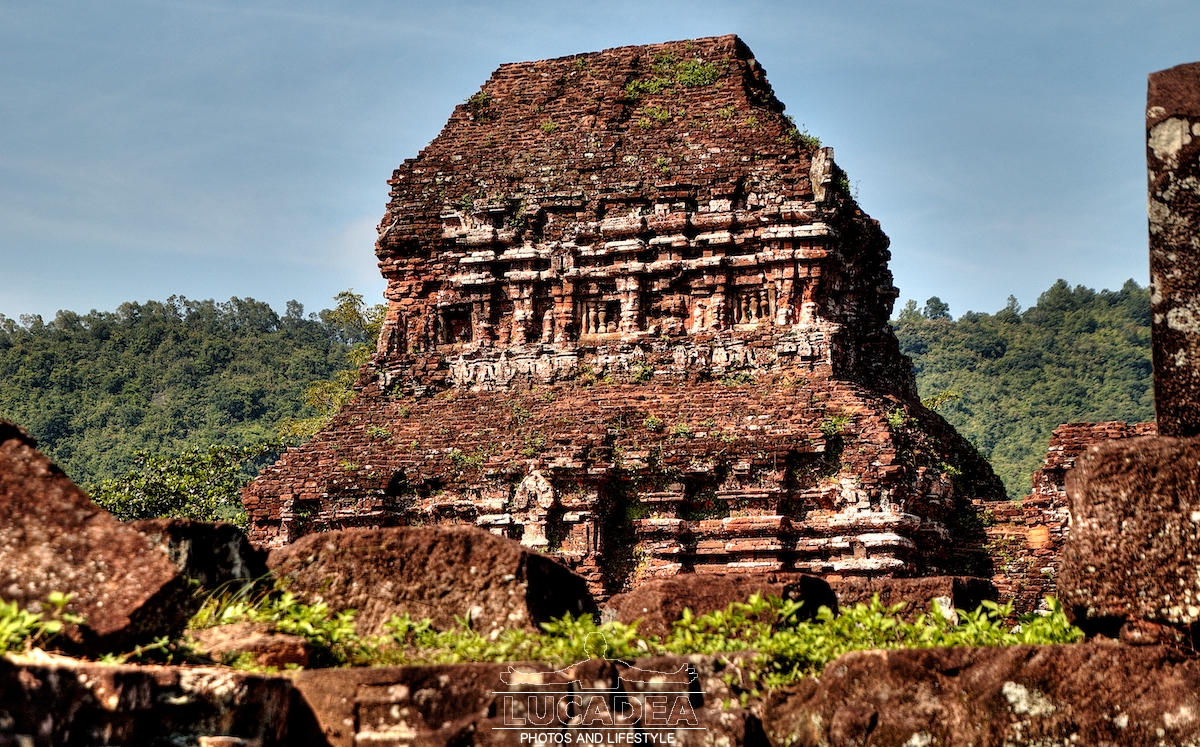Pesce in carpione o scabeccio, la ricetta.
I pescatori non sono mai stati ricchi, specialmente una volta quando non c’erano i frigoriferi e le attrezzature del giorno d’oggi e cercavano di conservare il pesce che non riuscivano a vendere.
Dopo quello di prima qualità e quello di seconda, rimaneva il pesce troppo piccolo, di qualità troppo scadente o magari rotto nella rete.
Per recuperare questo pesce i pescatori avevano inventato diversi sistemi e uno di questi è appunto il carpione che, a seconda delle zone, cambia nome e viene utilizzato in tutto il mediterraneo.
Adesso vi racconto come preparo io questo piatto.
Chiaramente non cerco pesce rovinato o di bassissima qualità e uso principalmente le boghe o pescetti piccoli ma troppo grossi per la frittura e spesso sardine che nel triestino chiamano “sarde in saor”.
Pulisco bene il pesce, tolgo le scaglie, le pinne e le interiora ma lascio la testa. Lo infarino bene e lo faccio friggere. A parte, in un’altra padella, faccio soffriggere abbondante cipolla, aglio e tutti i sapori in olio fresco dove ho aggiunto aceto e vino bianco, finché la cipolla è cotta ma non fritta.
Quando il pesce è ben fritto e freddo lo salo e lo copro completamente con questo preparato e lo lascio a bagno per almeno due giorni.
Adesso si può mangiare ma, se si resiste, più rimane a mollo meglio è perché così le lische e la testa diventano morbide e anch’esse possono essere mangiate.
Attenzione a queste note: le percentuali di olio e aceto possono variare a seconda del gusto, così come i sapori ed il vino bianco.
Eccovi un paio di foto, che ha scattato mio figlio Luca, del piatto servito nell’Osteria da Sergio di Sestri Levante:
Photo taken with Canon EOS M100 and lens Canon EF-M 22.

